When people start the process of building a house, they all have one goal in mind, and that goal is to have long-term peace of mind. If you have a house but neither the kitchen nor the bathroom is tiled, I recommend that you buy tiles of grey color measuring 400 * 250 millimeters for the floors and wall.
Ceramic and porcelain tiles have been utilized for a significant amount of time as floor and wall coverings respectively. Tile is long-lasting and has the potential to last for decades, requiring just minor maintenance on the grout until it is absolutely necessary. Can be substituted for in its entirety.
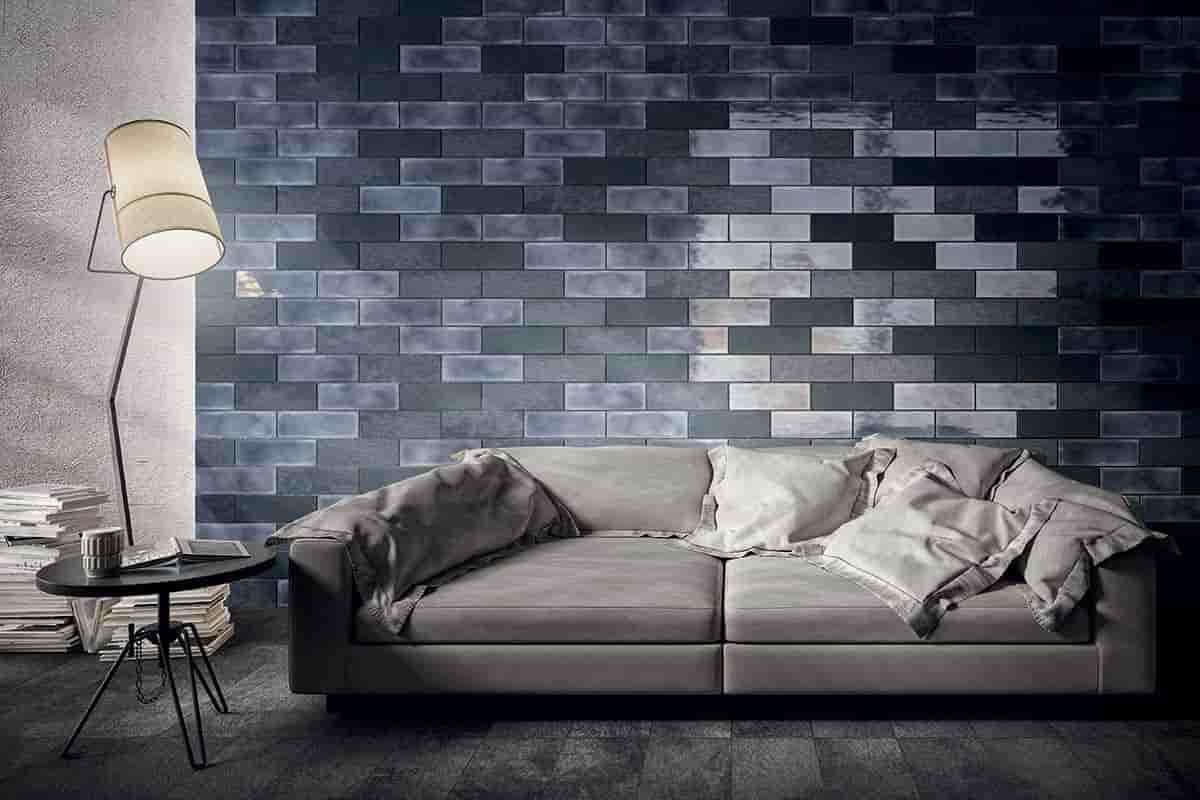
The market for tiles is enormous, full of variety, and frequently puzzling. When it comes to the differences, if any, that exist between wall tiles and floor tiles, there is a common source of confusion regarding this topic. Are there certain types of tile that are only used for the floor, while others are only used for the walls?
Or is there just one type of tile that can be used in all of these different areas without requiring any adjustments to be made? Even if they are similar in some ways, there are basic distinctions between them that make tiles more suitable for one use than another.
In the end, the level of toughness and smoothness that tiles possess determines whether or not they are employed for floors or walls.
The coefficient of friction (COF) value of a tile helps to identify whether or not a certain type of tile is appropriate for usage on a floor or wall. Each ceramic and tile is given a rating for its coefficient of friction, often known as COF.
Tiles on the floor need to have a particular level of friction in order for people to walk safely on them. The coefficient of friction, also abbreviated as COF, is a measure of this level of friction; higher numbers indicate greater levels of friction.
The surface of wall tiles can be polished to a smoothness comparable to that of glass, and in many instances, the material itself is glass. This is conceivable due to the absence of a problem caused by friction in regions where traction is not a concern.
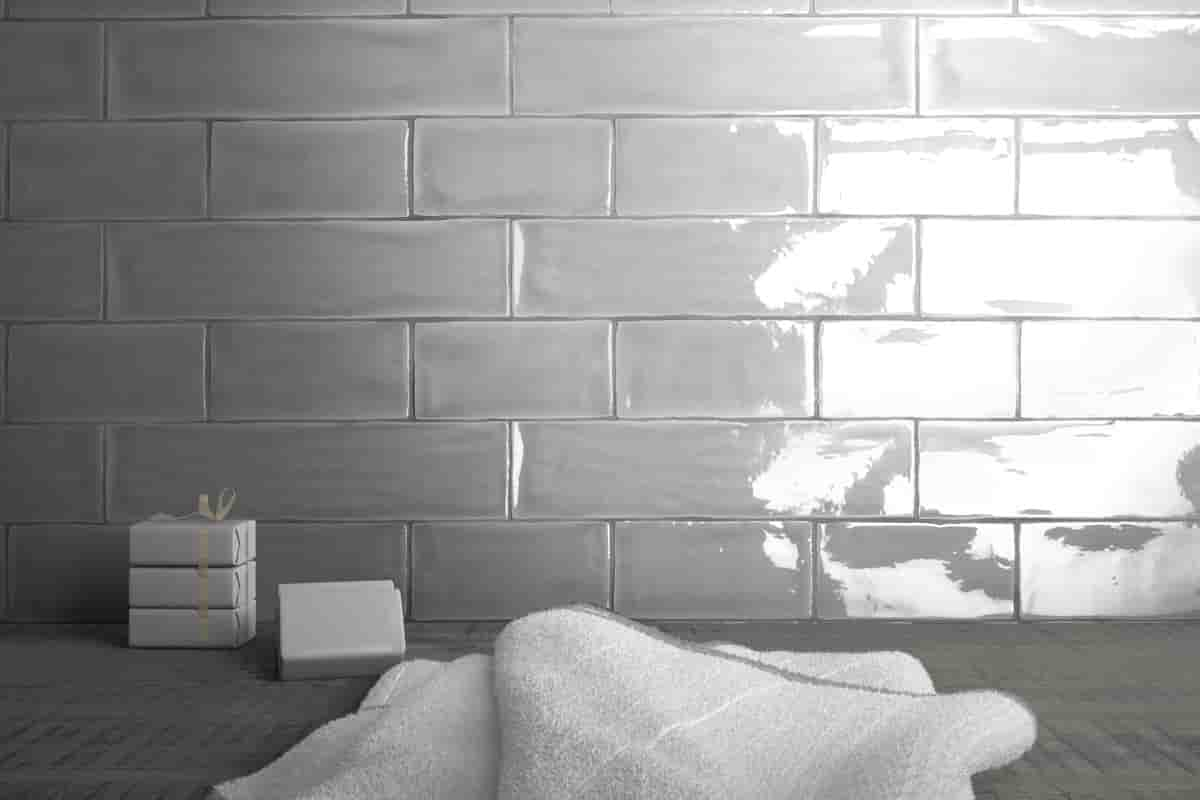
- Porcelain Enamel Institute (PEI) grade: The Porcelain Enamel Institute (PEI) grade is the second factor that dictates the material’s hardness and durability. Porcelain Enamel Institute is the abbreviation for PEI. Tile manufacturers have the option of employing any one of the five different types of PEI ratings that have been assigned by the Porcelain Enamel Institute (PEI). Ratings range from Level 1 (for places with low foot traffic) to Level 5 (for areas with significant foot traffic, such as those observed in commercial spaces. Hehe.) PEI ratings are typically hidden somewhere in the specification of each tile. Ratings range from 1 to 5. a location and a reliable method for determining where tiles can be used.
It is in your best advantage to acquire knowledge before making a purchase of tiles for use on walls or floors. Customers that place a high value on their collections will find that the websites of tile dealers and producers are frequently informative and can be of use to them.
Before making a purchase decision, it is in your best interest to gather as much information as possible. In the specifications section, the majority of websites present a breakdown of the COF and PEI ratings.
To further facilitate the shopping experience of their clients, certain companies categorize tiles according to their COF and PEI grades. A few of these companies further segment these groups in both directions.
For instance, the business Bedrosian sells tiles not only for walls and floors but also for pool and shower walls and dividers on floors, in addition to selling tiles for use as countertops. Bedrosian is a company that works both online and in traditional brick-and-mortar stores.
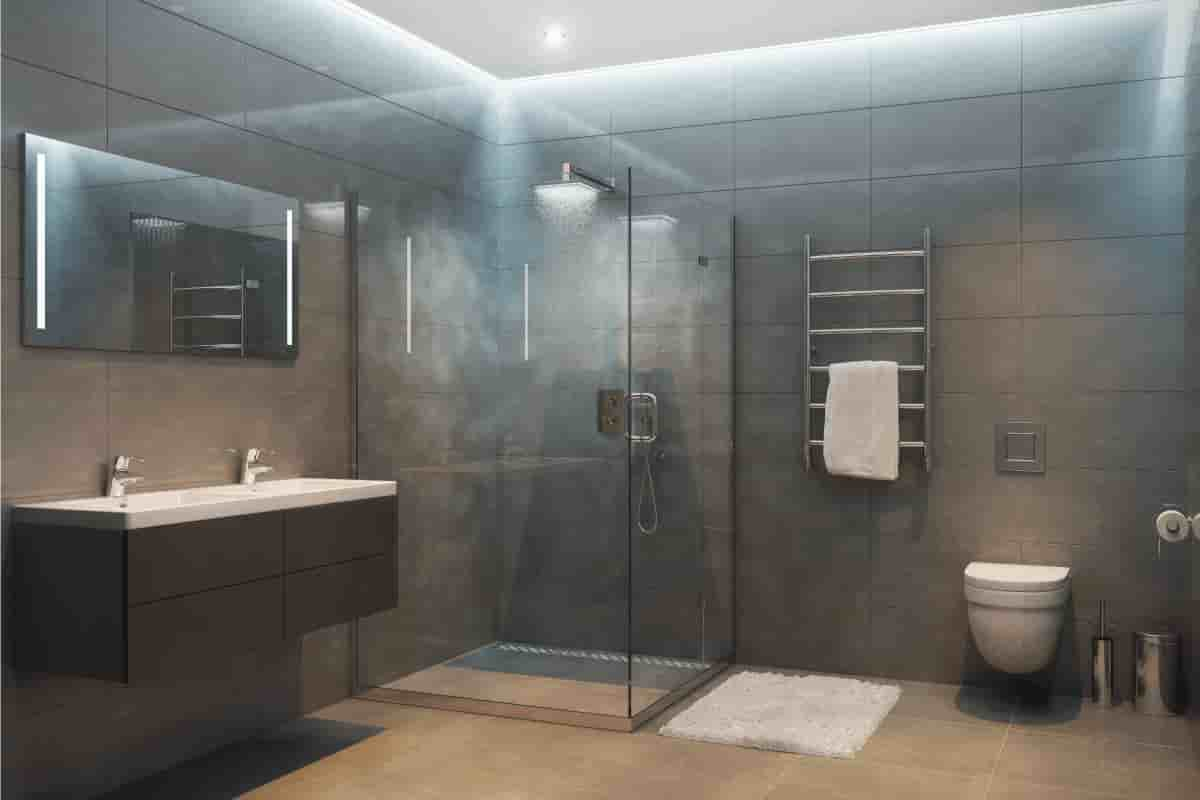
When it comes to ceramic or porcelain wall tiles, any grade offered by the Porcelain Enamel Institute (PEI) or the Coefficient of Friction (COF) can be utilized. These are what the producers commonly refer to as “wall tiles.”
If tiles have a COF rating of 0.50 or higher, they are appropriate for use as flooring in indoor spaces. Having said that, there are certain restrictions. Even better, the outside pavers have a coefficient of friction value of 0.60, which places it among the highest values that are conceivable.
A PEI rating of between 3 and 5 is required of any tile that is even being considered for use as floor tile. Because they are appropriate for usage as floor tiles as well as wall tiles, these tiles are frequently referred to as “wall tiles.”
There is no noticeable visual difference between ceramic wall tiles and floor tiles; however, wall tiles are normally much smaller than floor tiles in terms of style.
This is because floor tiles are typically laid in a pattern that is much larger. Because it is more difficult to place wall tiles on vertical surfaces, wall tiles are typically smaller and lighter than floor tiles. This is due to the fact that the walls are more apparent than the floors. An example of these scaling laws can be seen in the form of a floor tile that is 18 inches square.
Because it appears to be solid and weighty, inch is not an appropriate choice for use on the wall.
The most common size for floor tiles sold to consumers is a square measuring 18 inches by 18 inches. Because of the widespread adoption of very large format tiling, highly frequent enormous sizes have emerged as a result.
The one and only exception to this rule is a floor that is covered in mosaic panels. These panels consist of tiny tiles that have been bonded to a mesh backing. The flooring of bathrooms are frequently tiled with traditional hexagonal mosaic tiles measuring 1 inch on a side.
There is no clear victor among the hundreds of possibilities available for both wall and floor tiles. Tiles for the floor and the walls look similar, but wall tiles are often thinner and come in a broader variety of colors and designs than floor tiles.

All ceramic and porcelain wall tiles have the same excellent resistance to water as floor tiles. Countertop wall tiles, however, are often thinner than those used elsewhere, making them potentially more vulnerable to the heat generated by cooking utensils.
wall tiles and have long mind peace
People initially expect tiles installed on the wall and floors of their homes to give them life and peace of mind, and they will not be concerned about the functionality of the tiles they purchase. However, they also want tiles to add beauty to their interiors.
Floor tiles, which are typically thicker than wall tiles, may be more heat resistant when utilized in applications such as countertops. This adjustment has had no effect on wall or floor installations.
In terms of heat resistance, floor tiles offer a modest edge over wall tiles in applications such as kitchen counters. Floor tiles are often thicker than wall tiles. Floor tiles have few advantages over wall tiles because of this property. The water resistance of floor and wall tiles is practically indistinguishable on any meaningful level.
The maintenance needs for wall tiles and floor tiles are the same. Tile can be cleaned effectively with a few drops of liquid soap and a little water. If cracks or discolouration emerge in the grout used to cover the gaps between the tiles, it should be cleaned and replaced every few years. In addition, grout that has been recolored must be fixed as soon as possible.
Wall tiles should not be used on floors because they are not as thick as floor tiles and are more prone to cracking under the pressure of foot movement. Floor tiles should be utilized instead. Wall mounting, on the other hand, is suitable due to its longevity and low maintenance requirements.
Because floor tiles are stronger and more durable than wall tiles, they are excellent for use on any surface.
Although floor tiles are thicker, more durable, and last longer than wall tiles, their benefits can only be realized when utilized in floor installations. In terms of durability, there is no difference between the two types of tiles when placed on a wall.

Tile can be used on both walls and floors, and the installation processes are nearly identical. Depending on the locale, a cement-backed pad is attached to the subfloor or wall studs early in the process. To keep the tile from slipping off the backing, use a thin adhesive and a notched trowel. After the mortar has hardened, a mortar-based paste-like grout is used to fill the cracks between the tiles. The grout has time to cure after this process. Seal the grout once it has dried and reached its solid form.
Wall tiles are typically thinner than floor tiles, making them easier to cut with a scoring knife. This is due to the fact that wall tiles are often thinner than floor tiles.
Floor tiles are often thicker than wall tiles and might be more difficult to cut than other types of tiles. When working with tiles of this weight, an electric weight saw is a useful tool.
Because wall tiles are thinner and lighter than floor tiles, they are easier to cut and install. While floor tiles can be installed vertically on the wall as well, this is the recommended approach for walls and should be utilized whenever possible. However, unless they are specifically designed for this purpose, you should avoid using tiles on the floor.
Ceramic wall tiles and porcelain wall tiles are typically extremely similar in price when comparing floor tile pricing.
A commercial installation of imported designer tiles can cost up to $50 per square foot, with costs as low as $1 per square foot.
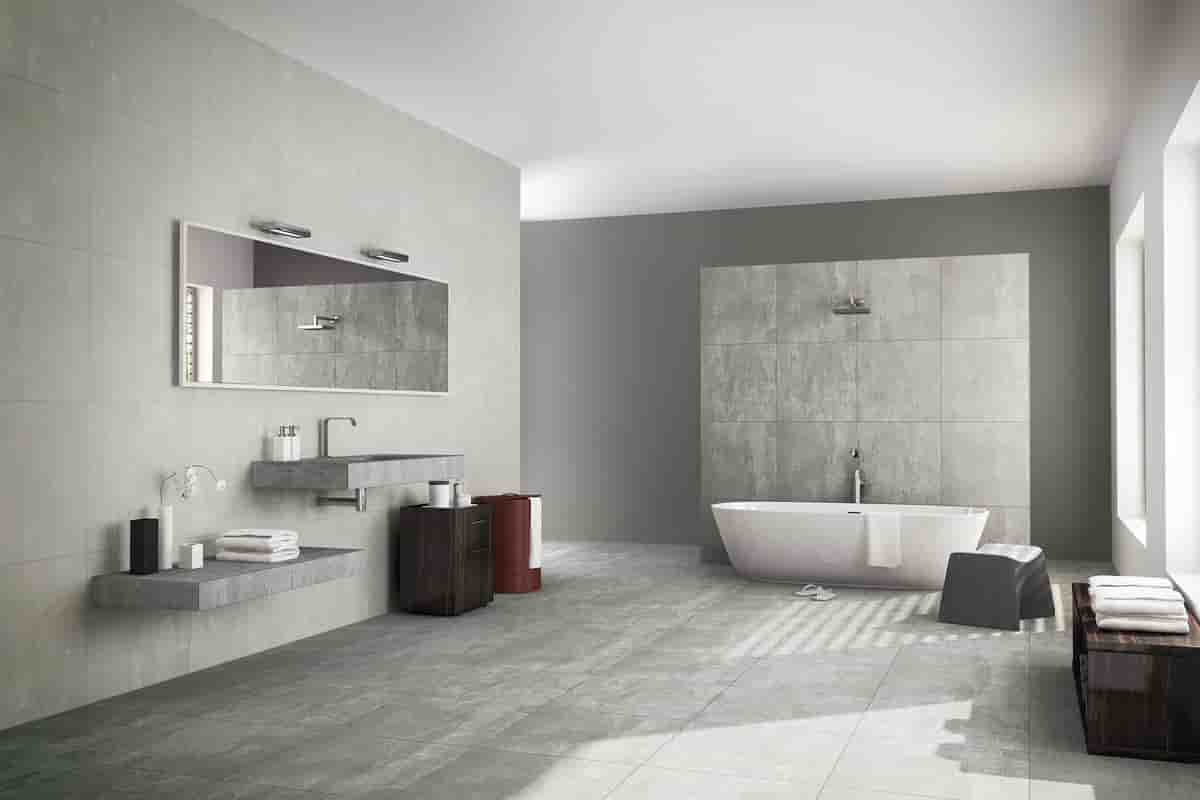
Tiles come in a range of forms and sizes. Because wall tiles are often thinner than floor tiles, basic colored wall tiles may be slightly less expensive than comparable floor tiles, even if the cheapest tile options cost less than $1 per square foot.
However, as additional types and accent tiles for the walls have become available, the pricing have become more comparable.
If you conduct the installation yourself, simple floor tiles can be obtained for $1 per square foot. Although floor tiles are often larger and heavier than wall tiles, the floor should have less decorative edge treatments and accent tiles. This is due to the fact that floor tiles are frequently set out in larger, more uniform patterns. When expressed in square feet, floor tiles and wall tiles are often the same price. They are the same since they are both measured in square feet.
When the cost per square foot of each material is considered, wall tiles and floor tiles are the same.
Tile life can be prolonged to at least 75 years with good installation and maintenance. Because the material has deteriorated, you are more likely to have your tile replaced due to cosmetic reasons. Or, if the tile is placed on the floor instead of the wall, it can crack soon.
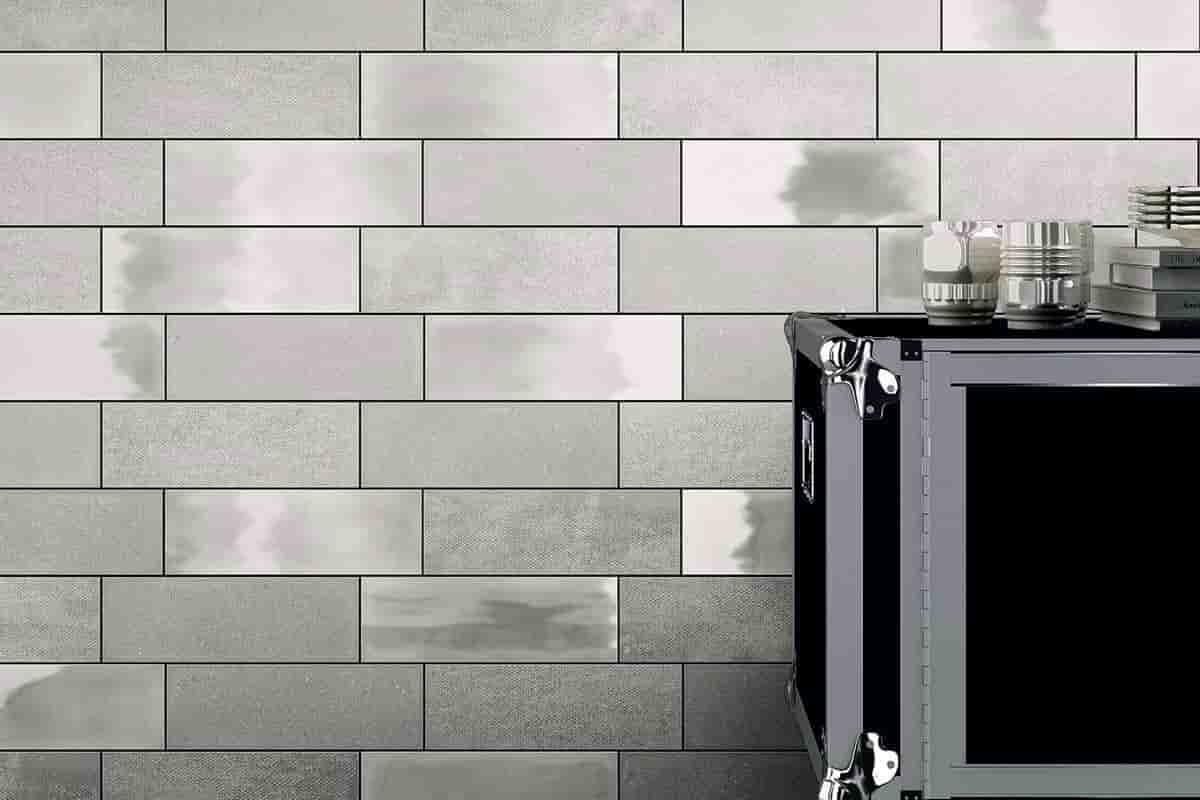
Floor tiles, in principle, should last longer than wall tiles because they are often comprised of heavier, more robust materials. This is due to the fact that the floor tiles are installed at a lower height. Nonetheless, if utilized properly, any of these materials will most likely last a lifetime.
When utilized for their intended purpose, both wall and floor tiles are durable materials; nevertheless, wall tiles are more commonly employed. On the contrary, there is little doubt that using floor tiles in applications such as countertops and floors is advantageous.
The only guideline is to ensure that the tiles to be laid on the floor have an acceptable level of hardness (PEI) and wear (COF) for estimating floor usage. This is the only advise that is relevant. However, regardless of the type of tile used as a wall covering, the tile should be assessed based on its use history.
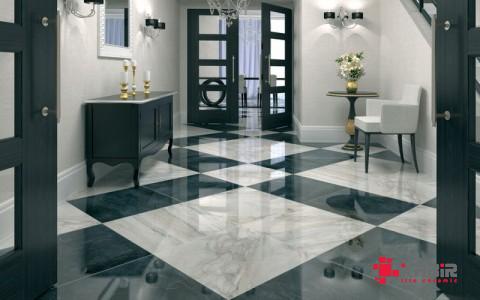
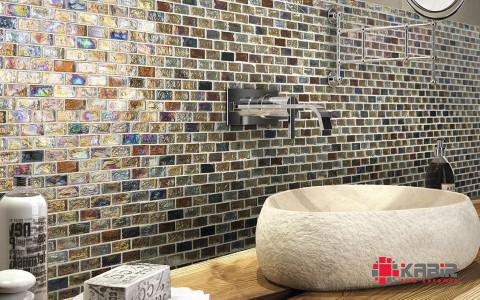
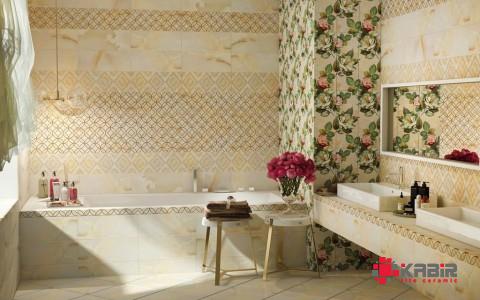
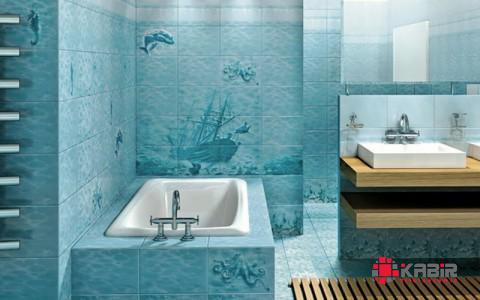
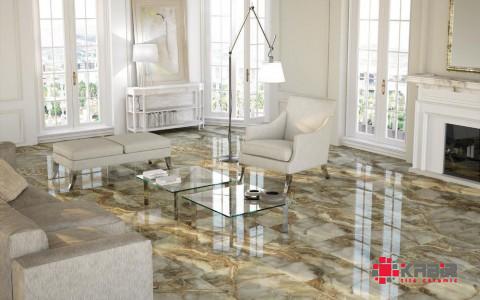
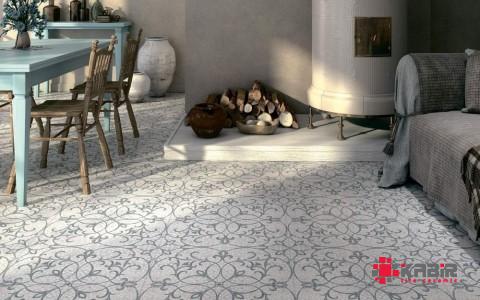

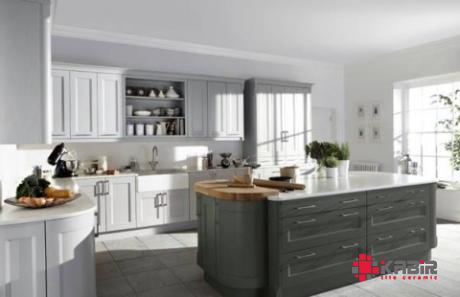
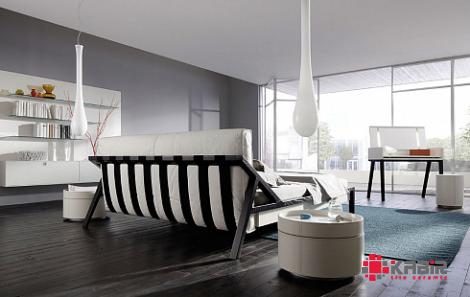
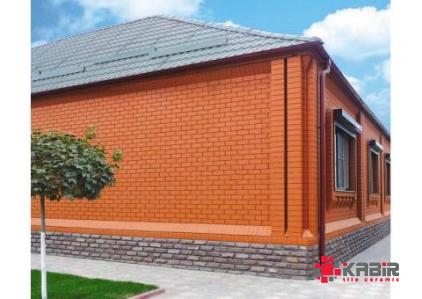
Your comment submitted.